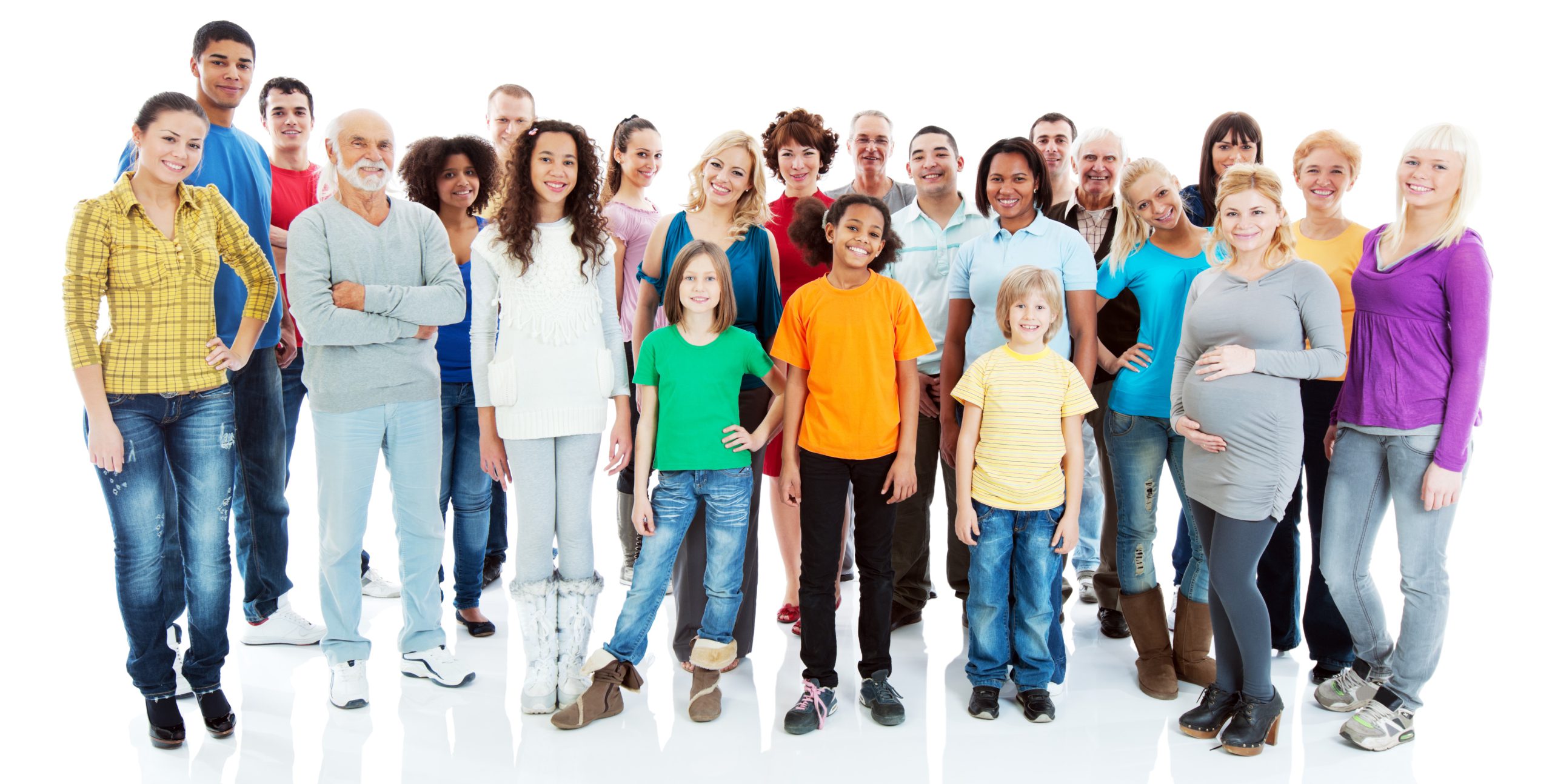There’s a common knowledge around the world that age and disability are linked. The older you get, the sicker you become. It’s seen as a fact of life that no one can avoid, but that’s not exactly true. What is true is the fact that there are things you can do right now to avoid these disabilities as you age. As Physiopedia says: ”The global population aged 60 years or over numbered 962 million in 2017. The number of older persons is expected to double again by 2050, when it is projected to reach nearly 2.1 billion. Aging can be viewed as a societal accomplishment, but it also poses a challenge in terms of health care and continuing healthy functioning for this rapidly growing population. As a result, it’s critical to ensure that these extra years are not only free of chronic disease or disability but also that mental and physical functionality is maintained. This will lessen the population’s massive economic and social responsibilities.”
What they’re saying is very simple. The number of seniors around the world is climbing at an incredible rate. The more work you put into making sure you don’t develop disease or disability, the less strain you’ll put on social programs.
Aging and Motor Control
The simple fact is that aging is going to have an effect on every aspect of your life, especially when it comes to motor control. As the Physiopedia also puts it: “Motor control impairments in older adults are caused by medical conditions which primarily affect this population (i.e. not as a result of the normal ageing process), such as Parkinson’s and stroke. They can be caused by impairments of both the motor and sensory systems.”
That makes it seem like older men and women are simply going to have to deal with impairments, but that’s not the case. Ageing is a multifaceted phenomenon influenced by genetics, constitution, lifestyle, and environmental factors. There are distinct phases of growth in human life: there is a progressive increase in functioning (from infancy to adolescence), there is a type of plateau during adult life, and then there is a physiological drop in functioning as one becomes older. The pace, quantity, and quality of this decline are all influenced by genetic factors (approximately 25%), but they are mostly influenced by lifestyle and environmental factors (about 75%).
Yes, that’s a real number. A full 75% of disabilities in older adults are influenced by lifestyle and environmental factors.
What to Work on
That’s some pretty damning evidence against the idea that disability simply comes with aging. If you know which parts of your body are going to be at the highest risk of disability, then you’ll also know which parts to focus on and keep healthy. Your muscle strength is a very good place to start. Muscle strength and Postural alignment plays an important role in an effective functioning in older adults. Loss of muscle strength has been documented in individuals as young as 50 to 59 years old. Reductions in muscle strength is closely associated with an increase in age. Normal changes in the aging musculoskeletal system include reduced muscle mass, and loss of bone density and can be compounded by physical inactivity. After discontinuing resistance training for almost 2 weeks, more than 5% of the benefits gained are greatly diminished. That means that you have to keep up your work or it will all be for nothing.
Then there are your bones and joints. More peripheral sites, such as the radius, experience relative stability in density until menopause, whereas the spine and neck of the femur show bone loss 5 to 10 years earlier. Intake of vitamin supplementation by men and women aged 65 years and older can reduce fracture risk and bone loss. Moreover, focusing on weight-bearing exercises can reduce bone loss and diminish the decrease of bone density commonly seen with advancing age. Wear and Tear on the joint are also associated with aging due to loss of joint fluid. If you can keep up with weight training, then you’ll be making huge strides against the effects of aging.
It’s up to You
Realistically, aging is something that no one else can help you with. You have to do it on your own and staying healthy is completely up to you. If you want to enjoy your later years, then it’s incredibly important that you put in the work to make it possible. If you don’t then you’ll have to rely on increasingly strained social programs.
